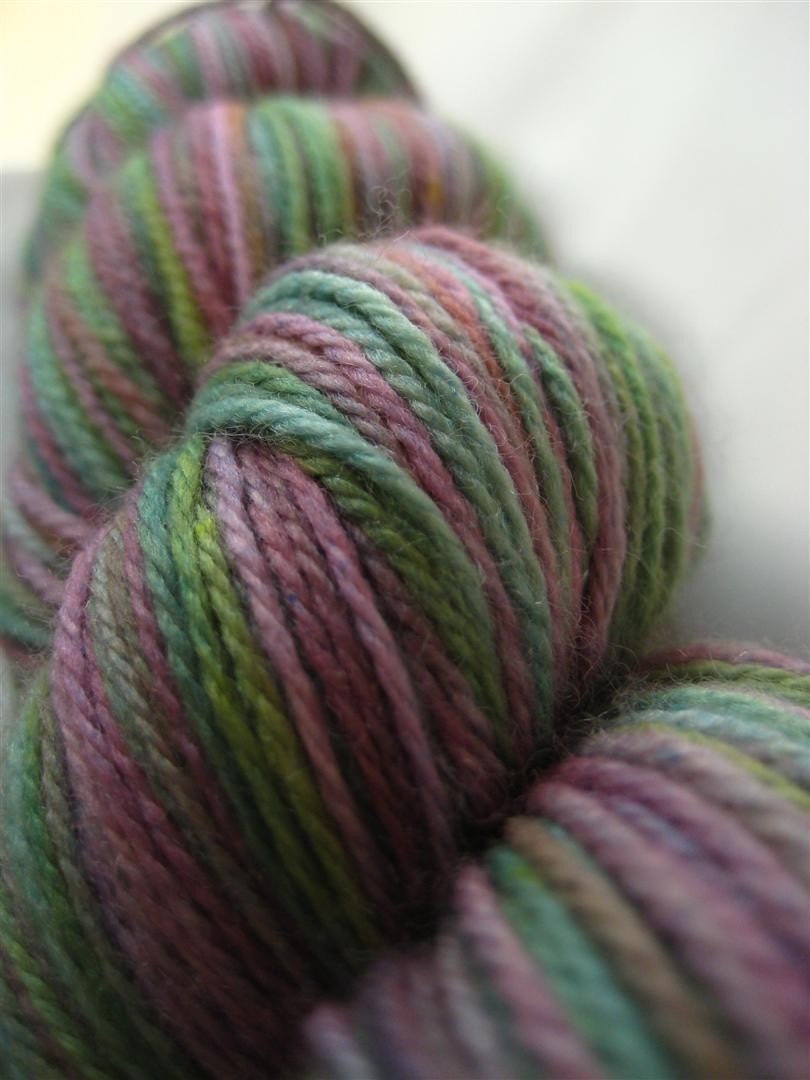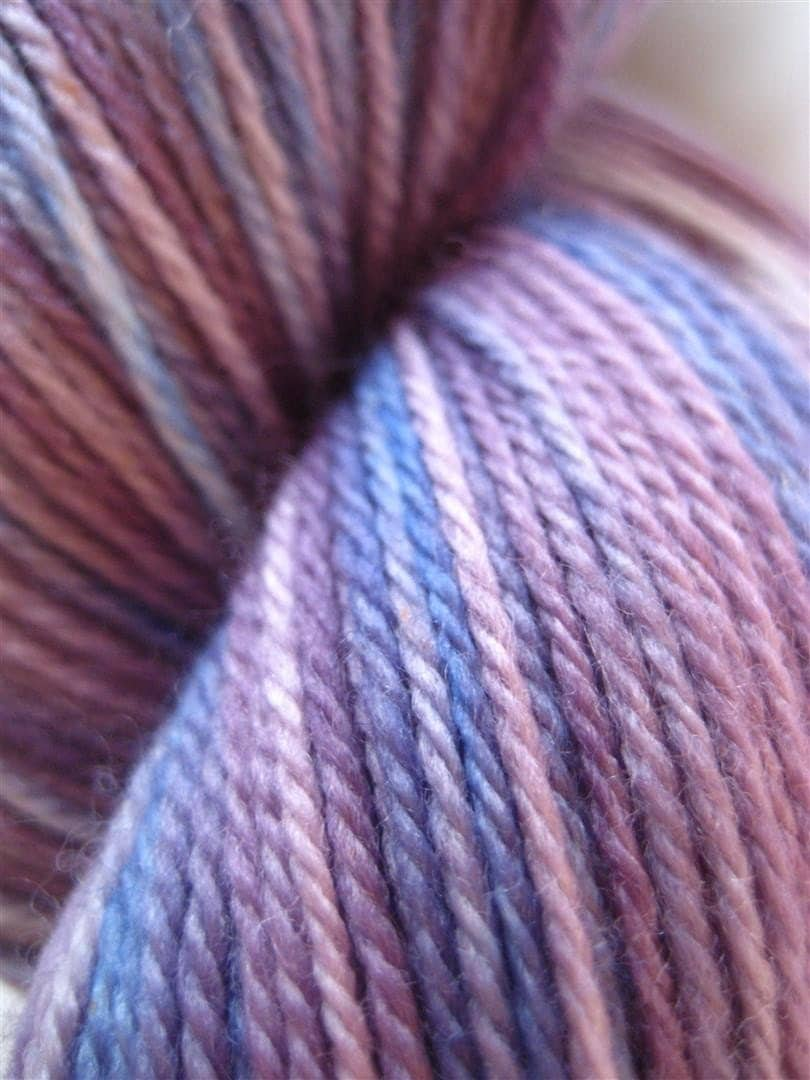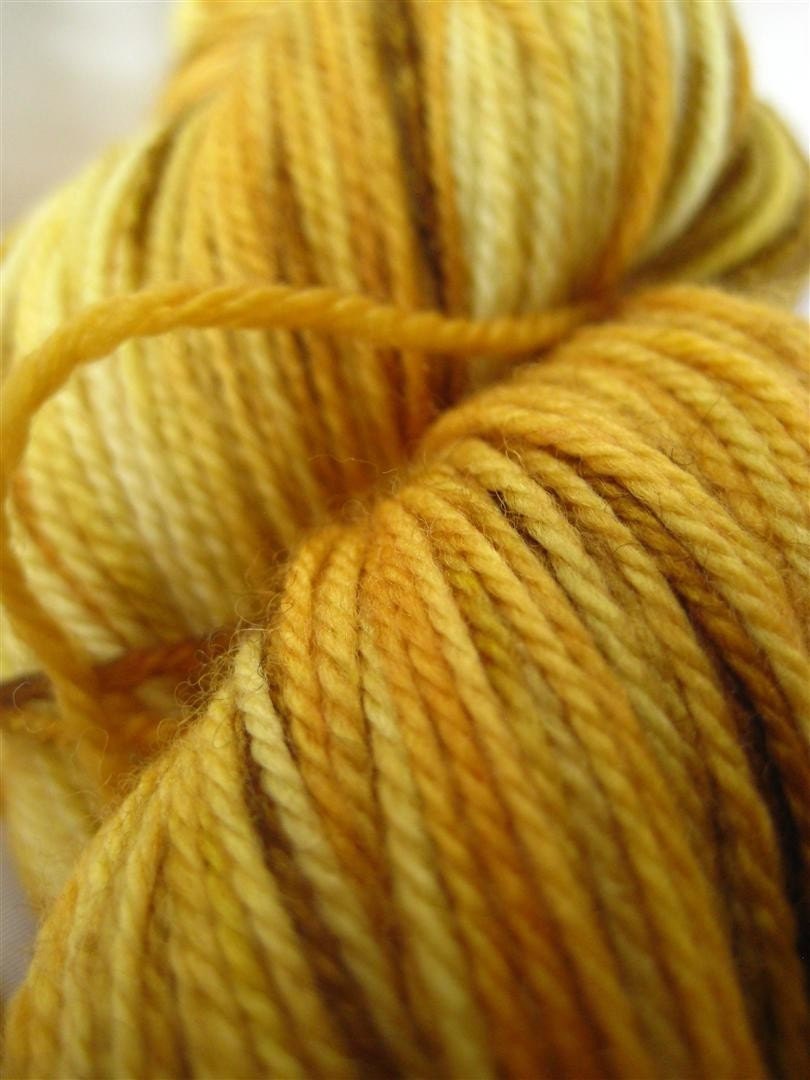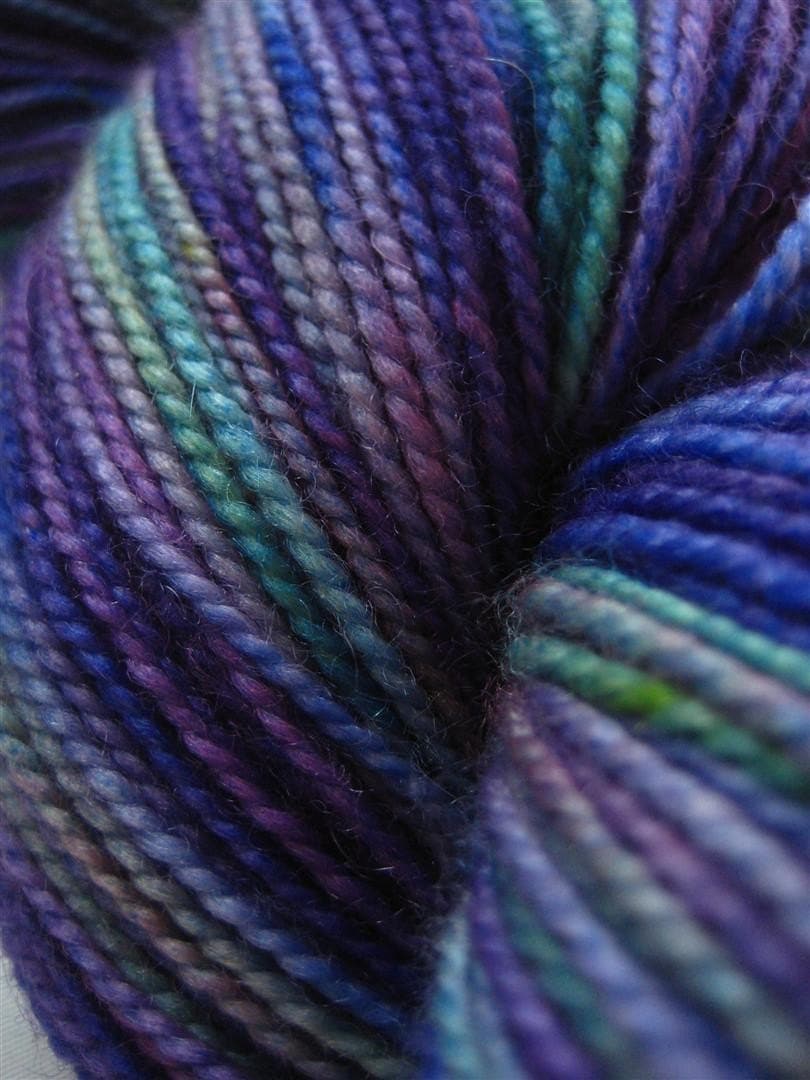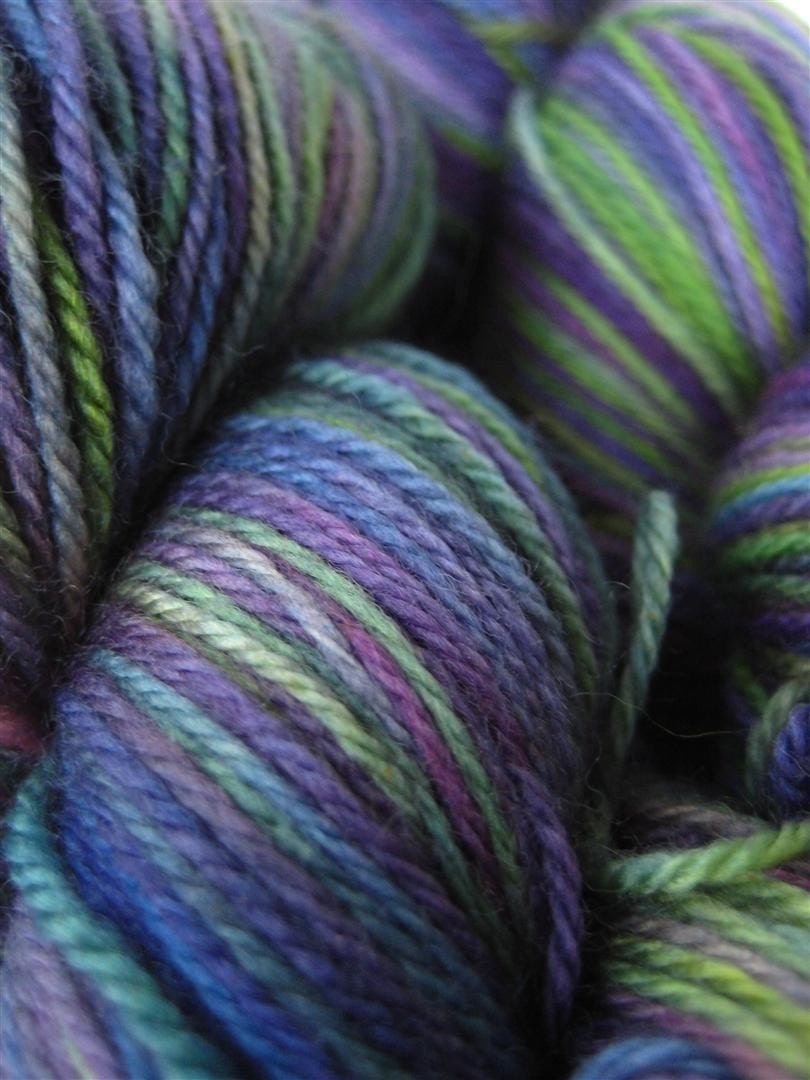I am so excited about the InterStellar Yarn Alliance, the SpaceCadet’s new yarn club which opened for subscriptions on Monday, that I can’t wait for the fun to start! The first parcels will go out in April, but I really want to do something to kick it off right now…
So I’m going to give away a free skein of lovely SpaceCadet Creations yarn to one of you this week, and all you have to do to enter is talk about the Yarn Alliance in a post on Ravelry! It can be anywhere on Ravelry except the SpaceCadet Creations and Interstellar Yarn Alliance groups. Once you’ve done that, leave a comment here with your Ravelry name, and you are entered to win a free skein of SpaceCadet yarn!

.
And if you’ve like to earn a second entry after that, just retweet a link to the Yarn Alliance webpage or link to this blog post in a post on Ravelry (and please be sure to mention your Twitter name here if it’s different from your Raverly name).
The giveaway opens now, and closes at the end of Thursday, so you have to be quick! I’ll announce the winner here on Friday.

.
Which means that by the end of the week, one of you will be the owner of a new skein of SpaceCadet yarn. Because you need more yarn in your stash, don’t you? Don’t you?!?
Of course you do!

The details (they’re not difficult, I promise!): Contest closes on March 17 2011 at 11.59pm EDT and all entries must be made before the close. All entrants will be verified and must complete the mandatory entry (that is, mentioning the SpaceCadet’s InterStellar Yarn Alliance in a post on Ravelry) before completing the ‘extra’ entry (tweeting a link to the Yarn Alliance). Completion of entries must be mentioned in a comment on this blog post to qualify, and comments must include the commenter’s Ravelry or Twitter name (as applicable). Invalid entries will be disqualified. Winner will be announced on this blog and must respond within 72 hours or we reserve the right to choose another winner. SpaceCadet Creations reserves the right to substitute prizes. Prizes cannot be redeemed for cash. See, that wasn’t too bad, was it?








